Elephant garlic, or garlic chives, is a highly nutritious and flavorful food used primarily as a seasoning. We share how to grow elephant garlic at home for an efficient yield.
1 Prepare the following
Elephant Garlic Bulbs
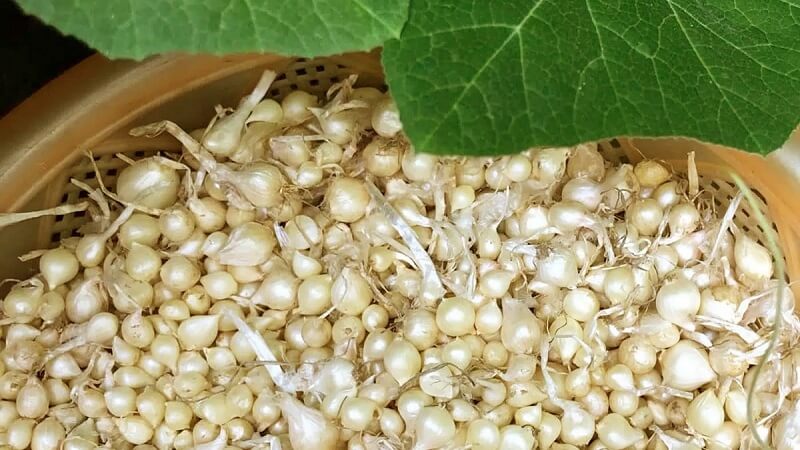 Elephant garlic is typically grown and propagated from bulbs.
Elephant garlic is typically grown and propagated from bulbs.
When growing anything, you’ll need seeds or, in this case, bulbs. Elephant garlic is typically grown and propagated from bulbs. When selecting your elephant garlic bulbs, keep the following in mind:
- Choose bulbs that feel firm and crisp when gently pressed.
- Opt for larger bulbs with a diameter of 1-2 cm or more.
- Ensure the bulbs’ exterior is free from defects, damage, or pest infestations.
Soil
The soil for planting elephant garlic should be a loamy mix of sand and humus as these provide the necessary nutrients for the bulbs’ growth after germination. Additionally, the soil must drain well, retain moisture effectively, and have a pH level between 6.5 and 7.
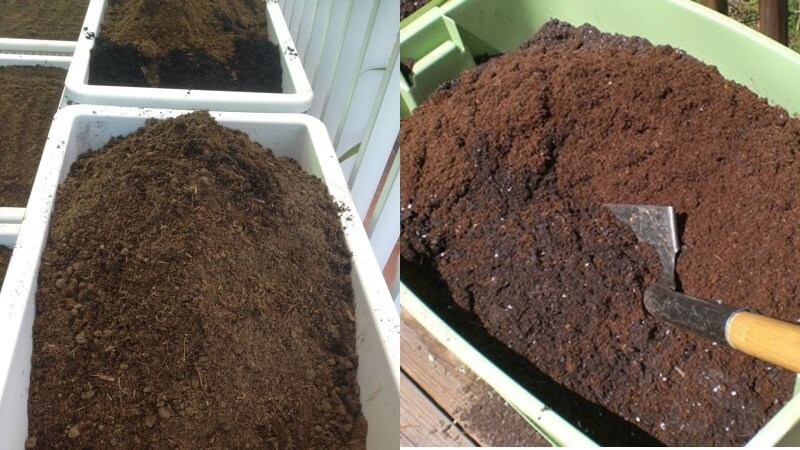 Use a loamy mix of sand and humus for planting elephant garlic.
Use a loamy mix of sand and humus for planting elephant garlic.
You can purchase organic soil or the specific types mentioned above from garden stores, nurseries, or reputable e-commerce platforms like Shopee and Tiki. Alternatively, you may find them at the gardening section of your local supermarket.
Moreover, you can enhance the soil’s fertility by mixing in manure, bone meal, and organic matter, along with sand, to aid in the bulbs’ optimal development.
Light
 Light is a critical factor for elephant garlic to germinate and grow.
Light is a critical factor for elephant garlic to germinate and grow.
Light is a critical factor for elephant garlic to germinate and grow. While elephant garlic tolerates partial shade, ensure it receives 6-8 hours of sunlight daily. Adequate light stimulates the bulbs’ growth and helps ward off pests and diseases.
Planting Tools
You’ll need small spades or hoes to till the soil. Depending on your preference, you can plant elephant garlic directly in the ground or in pots, plastic tubs, trays, etc.
2 Planting Elephant Garlic
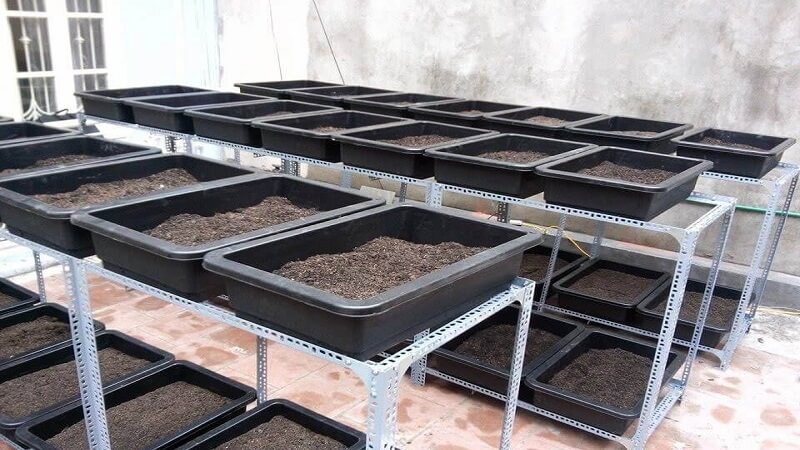 Prepare the soil and choose a planting container or area.
Prepare the soil and choose a planting container or area.
First, expose the soil to lime for about 7-10 days to eliminate any potential pathogens.
Next, transfer the treated soil into your chosen container or designated planting area. Moisten the soil by watering it.
The following day, begin placing the garlic bulbs with a spacing of approximately 20 x 20 cm between rows and 10 x 10 cm between plants.
As you position the bulbs, gently press them into the soil, ensuring the roots face downward and the shoots upward.
Afterward, cover the bulbs with a 5 cm layer of straw or rice husks to maintain moisture and suppress weed growth and soil erosion caused by rain.
Finally, mist the area with water. The bulbs should germinate within 1-2 weeks. Spring is the ideal season for planting elephant garlic.
3 Care Instructions
After Planting
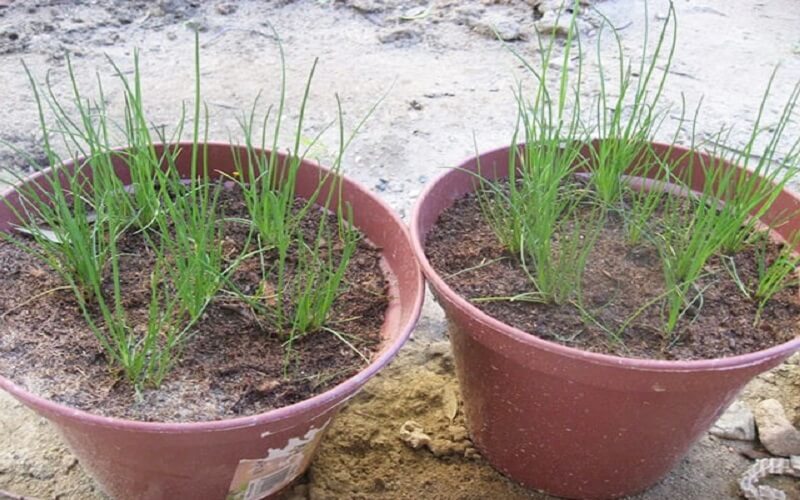 Initially, shield the newly planted garlic from prolonged direct sunlight.
Initially, shield the newly planted garlic from prolonged direct sunlight.
Initially, shield the newly planted garlic from prolonged direct sunlight. Keep it in a shaded area until the bulbs begin to sprout, then gradually introduce them to sunlight.
After planting, refrain from overwatering. Only water when the soil becomes excessively dry, and avoid making the soil overly soggy.
After Germination and During Growth
Watering
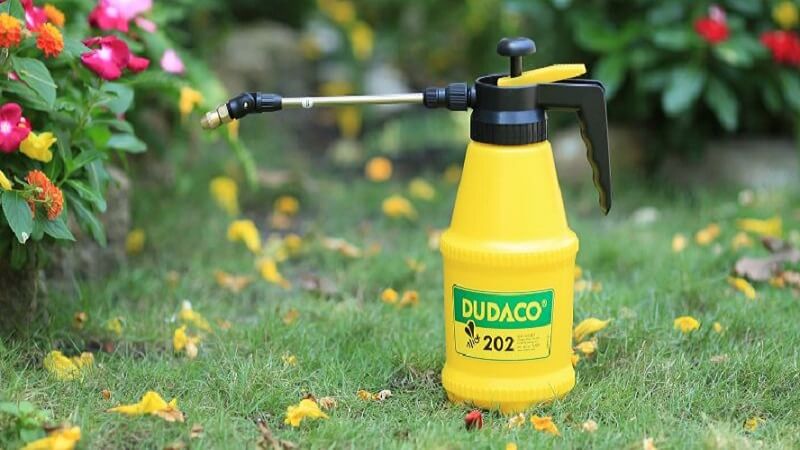 Elephant garlic requires sufficient moisture to thrive.
Elephant garlic requires sufficient moisture to thrive.
Elephant garlic requires sufficient moisture to thrive. Once the bulbs have produced 3-4 leaves, lightly water the leaves, avoiding the roots.
Water once daily, avoiding midday sun, and use a gentle mist to allow the soil to absorb water gradually. During the rainy season or winter, reduce the frequency of watering.
After watering, check for excess water and assess the soil’s drainage to prevent bulb rot.
Fertilizing
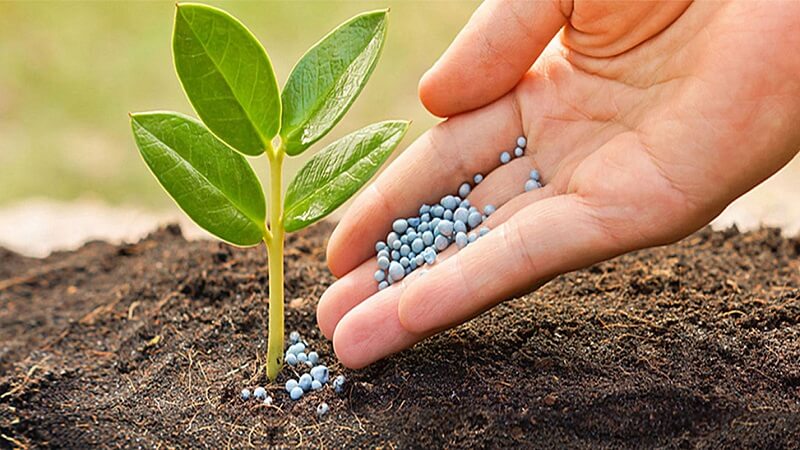 Apply additional fertilizer to promote bulb growth.
Apply additional fertilizer to promote bulb growth.
Around 20-30 days after planting, introduce earthworm castings, manure, and organic fertilizer. Additionally, you can use NPK 5-10-15 fertilizer or foliar spray, diluting it to half strength or following the package instructions.
Continue fertilizing monthly to provide the necessary nutrients for the bulbs’ growth.
Mulching and Weeding
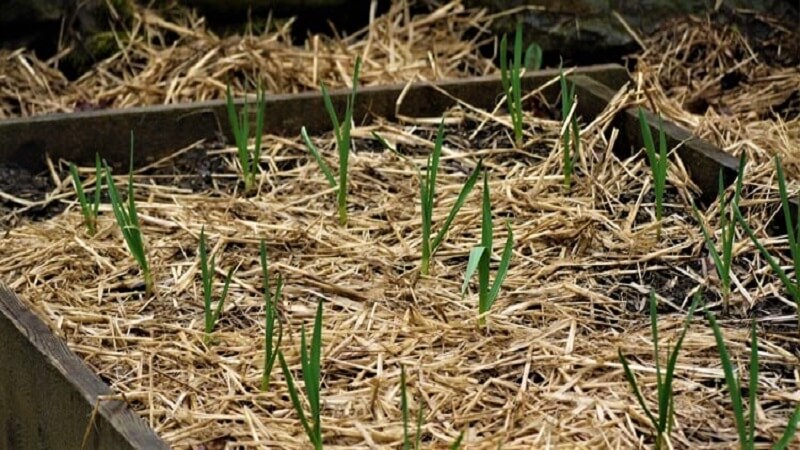 Apply a layer of mulch to retain moisture and suppress weeds.
Apply a layer of mulch to retain moisture and suppress weeds.
Throughout the garlic’s growth, maintain a layer of mulch to prevent moisture loss, retain soil moisture, and suppress weed growth.
If weeds appear, promptly remove them and loosen the soil if you’re not using mulch. Cover with cardboard during winter to protect from frost.
Harvesting
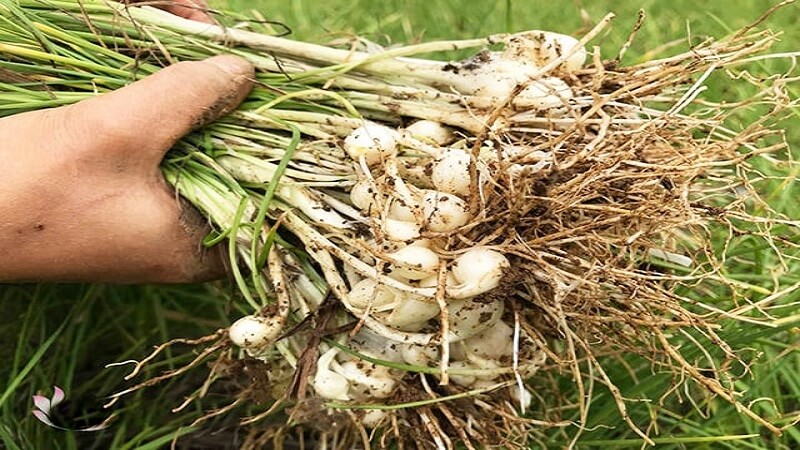 Elephant garlic is typically harvested over 200 days after planting.
Elephant garlic is typically harvested over 200 days after planting.
You can harvest the leaves after 60 days (2 months) by cutting them close to the base. This practice helps prevent the bulbs from flowering.
The bulbs are typically harvested over 200 days after planting.
When harvesting, uproot the entire plant, including the roots and bulbs. You may also harvest the leaves, as they are edible and can be used as garlic chives.
The above guide provides a simple method for successfully growing elephant garlic at home with high yields.






































